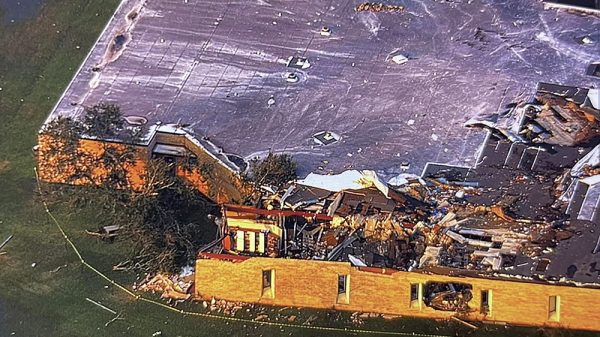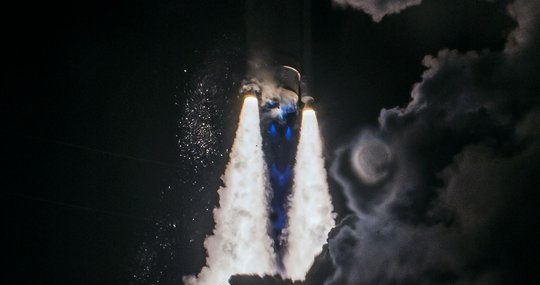
Astrobotic has officially announced that the spacecraft’s mission will conclude with a fiery re-entry into the Earth’s atmosphere on January 18. (Photo: Geekwire)
Astrobotic confirms lunar lander will burn up in Earth’s atmosphere, ending extraordinary mission
After an extraordinary journey to the moon, the fate of the Peregrine Lunar Lander has been sealed. Astrobotic has officially announced that the spacecraft’s mission will conclude with a fiery re-entry into the Earth’s atmosphere on January 18. The doomed lander, despite facing significant challenges, has continued to function beyond all expectations, showcasing the resilience of the team and the spacecraft.
The mission faced an unexpected setback due to a propellant leak, effectively ruling out a planned lunar landing. Despite this, the engineers and scientists managed to extend the lander’s operational lifespan, defying initial predictions of a swift demise. Notably, the team even succeeded in reigniting one of the main engines, underscoring the tenacity and determination involved in salvaging the mission.
While there was optimism surrounding the potential extension of the mission, concerns over the risk posed by the damaged spacecraft necessitated a responsible decision. Astrobotic emphasized the importance of balancing the desire to continue operating Peregrine with the potential dangers it could pose in cislunar space. The decision to end the mission was deemed necessary, especially considering that the primary objective of landing on the lunar surface had been compromised.
READ ALSO: Venus’ Hellish Atmosphere May Host Wispy Ice Clouds According To Study
The team’s efforts were lauded by Astrobotic CEO John Thornton, who acknowledged the profound learning experiences gained from the mission’s challenges. Despite the premature conclusion, the substantial knowledge and expertise garnered from this endeavor bode well for future lunar missions, instilling confidence in the prospect of achieving successful landings.
As the Peregrine Lunar Lander’s mission draws to a close, the focus shifts to the broader implications for upcoming lunar initiatives, including NASA’s plans for the VIPER rover. The impact of Peregrine’s failure on future missions under the Commercial Lunar Payload Services program remains a topic of interest and concern for the space community, as the next mission to the Moon awaits further developments and assessments.
READ ALSO: China Launches Einstein Probe With ‘Lobster Eyes’ X-Ray Telescope Into Orbit




![Tyson Foods Plant [Photo: Food Manufacturing]](https://southarkansassun.com/wp-content/uploads/2023/08/iStock_1185520857__1_.5e441daa51cca-600x337.jpg)








![Silverado Senior Living Management Inc. [Photo: Los Angeles Times]](https://southarkansassun.com/wp-content/uploads/2023/10/download-6-4-600x337.jpg)

![China's Wuhan Institute of Virology [Photo: Nature]](https://southarkansassun.com/wp-content/uploads/2023/09/d41586-021-01529-3_19239608-600x337.jpg)















